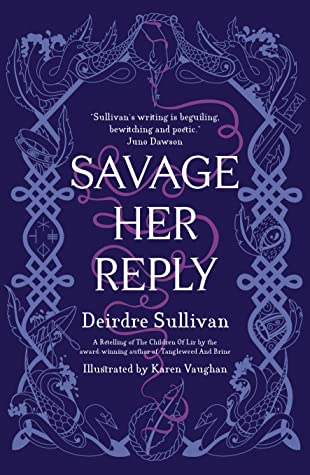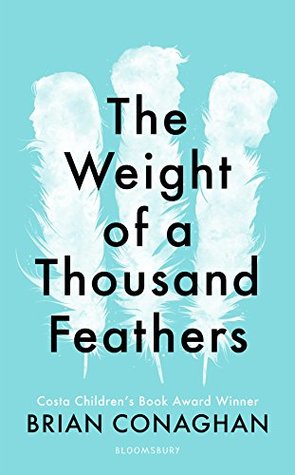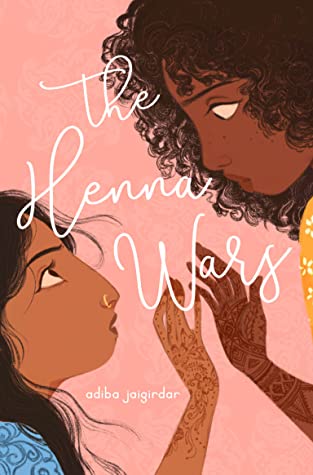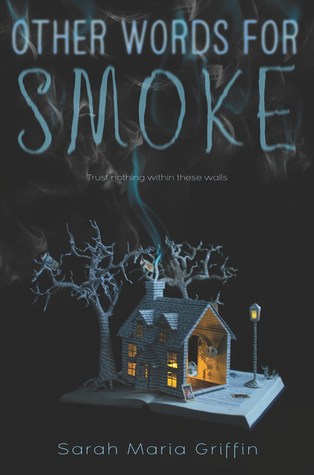Fiona Murphy examines recent trends in Young Adult literature
In the world of Young Adult (YA) fiction, dystopia is dead and no one is mourning her. The genre is going through a time of transformation, moving on from the dystopian future to embrace the fantastic, reclaim the past and examine the uncomfortable. Now, there’s a call for escapism, for explorations of real-world problems, for alternative narratives. Everyone wants to see themselves as main characters, especially those marginalised in real life. And YA’s newest trends deliver.
High fantasy is the vehicle through which many YA authors are choosing to tell their tales, both at home and abroad. The influence of American authors, like Sarah J. Maas, Leigh Bardugo and Holly Black, has given the genre a revamp by emphasising female leadership, LGBT relationships and complex studies of female characters, paving the way for Irish author Helen Corcoran’s A Queen of Coin and Whispers. Irish YA, however, majorly incorporates a diverse range of LGBT characters as main characters, as opposed to the designated LGBT side character that is an increasingly popular trope in American YA. Corcoran’s character’s sexualities range from demi-lesbian to gay to bisexual, exploring their sexualities in a rounded and authentic way, without romantic storylines dominating the narrative. The centring of female leadership is also in keeping with incoming trends of positive portrayals of authority figures.
Revisionary reading is another craze that is experiencing a major moment in YA, and again, reframes the narrative around the female experience. Louise O’Neill’s 2017 novel The Surface Breaks was a forerunner in the recovery of the mythical female past and now Deirdre Sullivan’s most recent book, Savage Her Reply, resurrects Aífe, of Children of Lír infamy, and retells the myth from her perspective through a mix of poetry and prose. Like her earlier 2017 work, Tangleweed and Brine, Sullivan champions the unheard voice through multiple experimental forms. The feminist retelling does not take the easy road in villainising Lír to champion Aífe, but instead offers us a portrait of a complicated, heartbroken woman, struggling to find—and hold on to—power within herself. Many of the current YA books are offering more complex analyses of female characters, challenging the ‘strong female character’ that confuses strength with masculine traits.
The dark complexity of Sullivans’s writing shows the emerging tendency towards exploring more sinister aspects of YA, like Sarah Maria Griffin’s Other Words for Smoke, winner of the YA Book of the Year award 2019. Griffin also plays with traditional novel form, the deliciously dark and mysterious text incorporating footnotes at chapter’s ends, that adds unsettling new dimensions to what has just been read and plays with a second-person voice for Bevan’s chapters. The dark academia aesthetic of the text examines sinister forces wreaking havoc in a possessed house. Though it is in keeping with the fantasy trend that has come to the fore in the latter half of the 2010s, this book heralds a new trend that borders more on the paranormal/horror genre than the romance-tinged fantasy genre. This novel also touches on LGBT themes, but the main focus is the chilling, off-kilter study of modern witch-hood.
Moving away from fantasy influences, we begin to see more of the real world and its problems in Toffee, the 2019 novel by Sarah Crossan, Ireland’s fifth Laureate na nÓg. This novel again pushes the limits of form and is told through verse prose, telling the story of a young runaway and her unlikely friendship with an elderly woman with Alzheimer’s. Short, sharp and experimental, Crossan’s foray into verse novels tackles difficult issues like abuse, broken families and self-preservation. Form experimentation is popular across the board, ranging from O’Sullivan to Crossan to Brian Conaghan’s The Weight of a Thousand Feathers, which mixes poetry and prose, winning the An Post Irish Book Award’s Teen and Young Adult category in 2018. Conaghan’s portrait of a young carer again centralises a marginalised figure, struggling with a mother with deteriorating MS. Combined with an unruly younger brother and a hidden sexuality, Bobby’s new young carers’ circle is his only outlet. Both Conaghan and Bangladesh-born and Irish-raised Adiba Jaigirdar’s The Henna Wars highlight the draw of LGBT fiction, but Jaigirdar’s story is told through a different lens: growing up in Ireland as a young, lesbian, Bangladeshi woman. Utterly readable and topical, I can see this subject becoming increasingly popular owing to the recent exposition of the systemic racism that permeates Irish society. A lesson in cultural appropriation versus appreciation and the identity crisis of being of two countries and belonging to neither are just some of the issues taken on in this engaging and timely book.
The underdogs and the outcasts are all coming to the fore, whether marginalised for their role as the young carer, the teenage witch, the girl-who-likes-girls, the evil stepmother or the runaway. They’re telling their stories through poetry, footnotes, or any medium they choose, and, most importantly, they’re telling them with unflinching honesty.
***
Fiona Murphy is a recent graduate of NUI Galway’s Literature and Publishing masters and writes fiction, poetry and book reviews. She has edited the Quarryman and ROPES Literary Journal and is currently finishing her first novel.


















